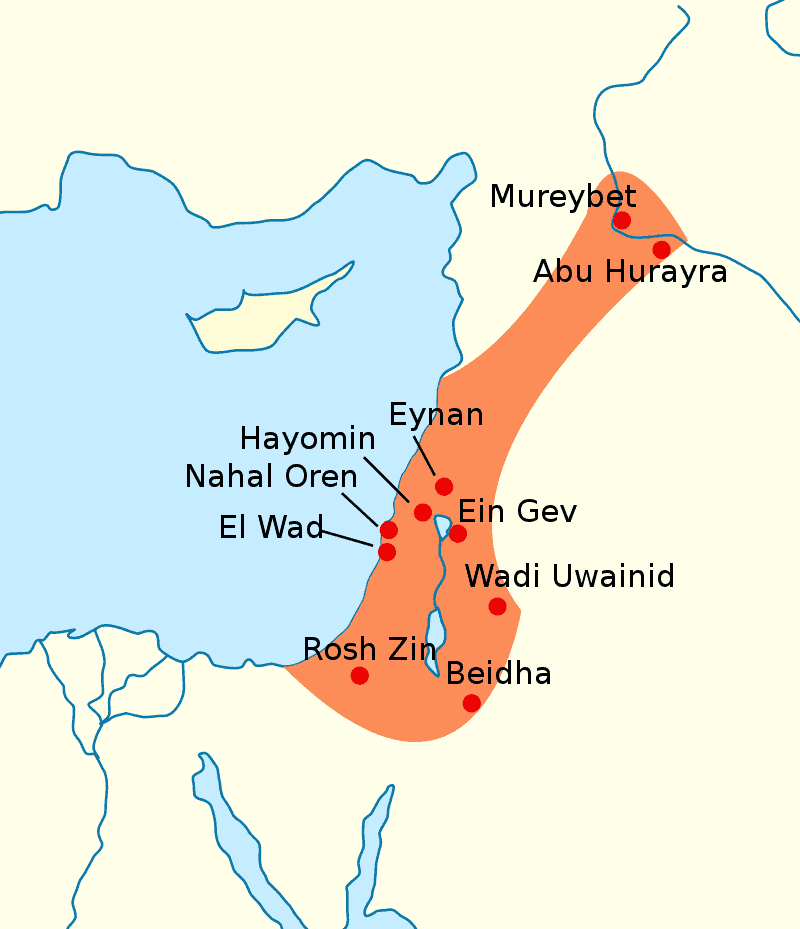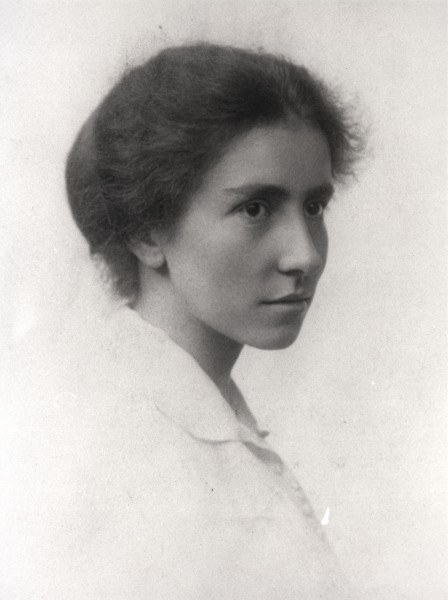We know bread is really old! The Archeological record shows us that bread predates even the earliest mentions of it in Ancient Egyptian Hieroglyphics, Ancient Greek texts, and even Sumerian Cuneiform.
Archeologist have unearthed a collection of artifacts In the Harra Region of Northern Jordan, a country that borders Syria and Isreal/Palestine in the Middle East, connected with the Natufian Culture. The dig sites, collectively called Qa’ Shubayqa, have been excavated multiple times since discovery in the 1980s. One of the digs, Shubayqa 1 has led us to the conclusion that bread is older than agriculture.

The Shubayqa 1 site contained fire pits. The oldest of these fire pits dates to 14,400 years ago. During one excavation of this site, the team dry sifted the remains of these fire pits. During dry sifting they ran the soil, ash, and other debris found in the pits through a small sieve to sift out any useful items. In the oldest pit they found “bread like” crumb, 22 of them to be precise.
How old is bread?
Bread is at least 14,400 years old! For a long time archeologists thought that agriculture was needed before bread production. The archeological record shows us that agriculture, or the growing of crops for food, probably began 12,000 years ago when people began purposely planting seeds. This means that the production of bread, on at least some scale, began more than 2000 years before people began planting crops!
Who were the Natufians?
The Natufians were a people group, or more likely several groups, who lived in the Levant 11,500 to 15,000 years ago. The Levant is an expanse of land in the Middle East covering much of the countries we call Israel or Palestine, Lebanon, Syria, and Jordan. A lot of western history begins with the study of this region.

The Natufians probably did not call themselves that. No one knows what they called themselves, as they had no writing. The term Natufian was coined by Dr. Dorothy Garrod in 1928. She named them after the region where she first discovered them, the Wadi an-Natuf in Palestine.

The Natufians existed late in the paleolithic age, or the old stone age. This was late enough in the stone age that stone tools were in heavy use, however, agriculture had not yet started. Their clothes, and many of their tools have not survived, so we can only tell so much from the limited material that has survived.
One thing that has been uncovered is their housing. We see evidence of a nomadic lifestyle, as well as evidence of a more sedentary lifestyle. It appears that they had a home base where they built permanent homes of stone and kept large vessels to hold food and water, that would be far too heavy to carry on the hunt. They also spent a large portion of the year away from the village, hunting gazelle and other meat, and gathering what vegetables, fruits, and grains they could. They may have been sedentary for from 6 to 12 months out of every year. This shows some of the same method used later in the Neolithic (New Stone Age) when agriculture began.
Their burial practices are reminiscent of modern man. They did bury their dead, and took great care with them. They would even sometimes re-open a burial in order to add someone else some years later. This is similar to how people today will bury a loved one, then years later when their spouse dies, they will be buried beside their mate. This touching practice connects us over time.
What was Natufian bread like?
Natufian bread is unleavened. They did not use yeast or another leavening agent to make the bread rise. This unleavened bread was probably denser than any bread you would see on the shelf at the bakery, and may have been more for dunking in soup than it was sandwich bread.
No recipe exists for this bread, and it is likely that they did not have a real recipe either. Their recipe was probably something like “grind up whatever you have that will turn into flour, add water, and bake in the campfire.”
What we can tell is that while it had no yeast, it did have the expected pockets of air that all breads have. Some of the 22 crumbs found were examined and we did find out a couple of things about this bread:
- It was unleavened. We do not see leavened bread (sourdough) until the Egyptians perfect it about 5,000 years ago,
- Based on its structure, and the other plant remains found in the fire pit, we can guess that they used various seeds, nuts, grains, and roots. In fact, the root of the club rush may have been a major ingredient.
Why did the Natufians bake bread?
There are many theories as to why the Natufians baked bread. One theory says that they would bake the bread before going out on a hunt, or some other long outing. Bread of this type will last several months without going bad. Another theory states it may have been ceremonial. It could have been a way to impress a neighboring tribe to show them the abundance that they had that enabled them to make this bread. Perhaps they just enjoyed the bread. We will never know what was in their minds.
There are many reasons they may have made the bread. Without a written record, the best we can do is guess. We do know that this early group of people give us a wealth of information to pulse over and try to guess the truth with only some of the details.
Is this the beginning of bread’s story? Is it possible that these tiny details were washed away from other earlier pits? As we continue to improve our field methods, we will continue to learn new things, even from material that is thousands of years old.
Bibliography
Arranz-Otaegui, A., Carretero, L. G., Ramsey, M. N., Fuller, D. Q., 傅稻镰, & Richter, T. (2018). Archaeobotanical evidence reveals the origins of bread 14,400 years ago in northeastern Jordan. Proceedings of the National Academy of Sciences of the United States of America, 115(31), 7925–7930. https://www.jstor.org/stable/26529356
Belfer-Cohen, A. (1991). The Natufian in the Levant. Annual Review of Anthropology, 20, 167–186. http://www.jstor.org/stable/2155798
